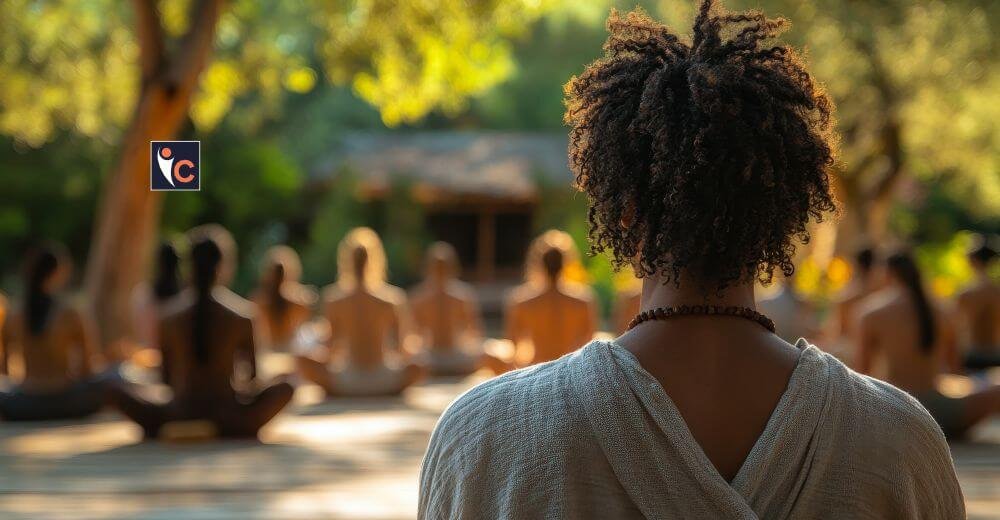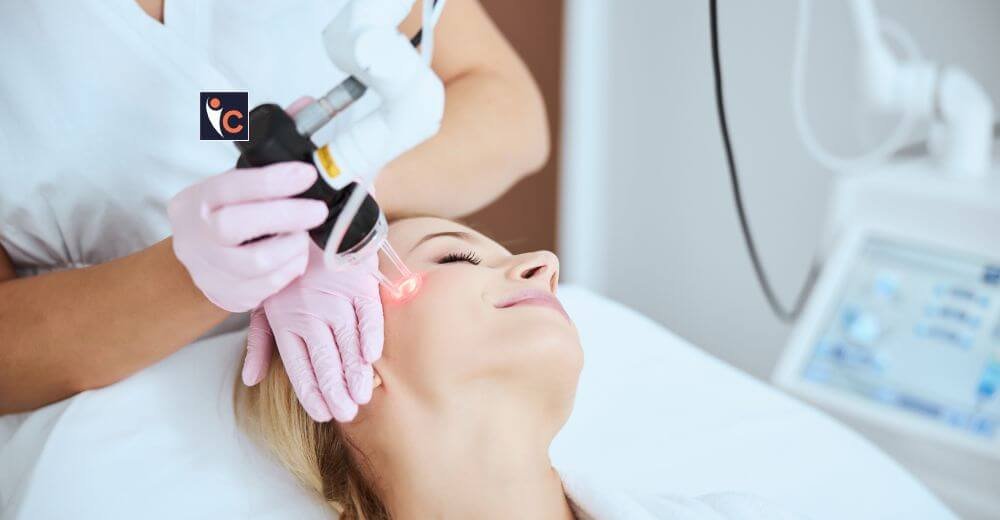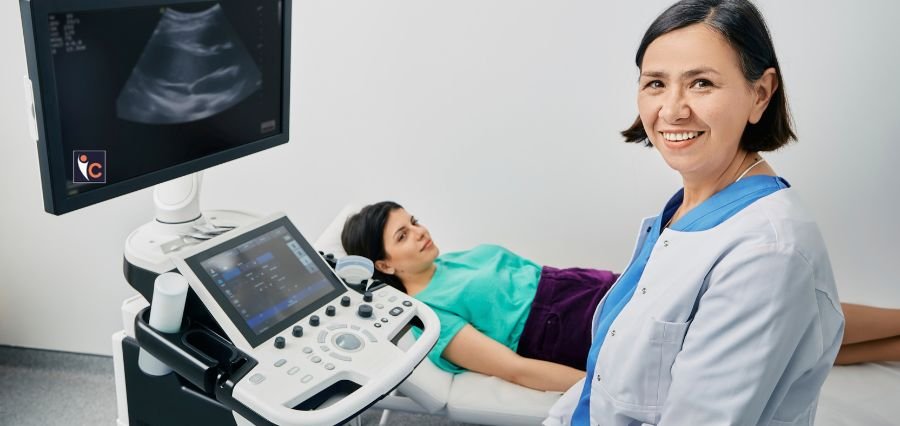Anxiety is a common response to stress and is characterized by feelings of fear, dread, and uneasiness. On the other hand, excessive anxiety that persists and may get worse with time is a symptom of anxiety disorders. Nearly 30% of adults may experience anxiety disorders at some point in their lives, making it the most prevalent mental illness.
Let’s Identify the Alternative Treatments for Anxiety
Approximately 4% of the world’s population, or 301 million people, suffered from an anxiety illness in 2019.As a result, anxiety disorders are the most prevalent mental illness. Compared to men, women are 1.66 times more likely to suffer from anxiety disorders. Participants between the ages of 10 and 14 have the highest incidence rate of anxiety disorders, followed by those between the ages of 35 and 44.
Approximately 27.6% of individuals who require therapy for anxiety disorders actually get it.Lack of knowledge, a lack of funding for mental health services, a shortage of qualified medical professionals, and social stigma are all obstacles to receiving care. In areas with higher incomes, anxiety problems are more common. The most common countries are Portugal, Brazil, Iran, and New Zealand.
Excessive fear or worry about a particular scenario (such as a panic attack or social circumstance) or, in the case of generalized anxiety disorder, over a wide range of everyday situations can be experienced by people with anxiety disorders. These symptoms are usually present for a long time, at least a few months. They typically stay away from anxious circumstances.
The following are additional signs of anxiety disorders: difficulty focusing or making decisions; feeling agitated, tense, or restless; nausea or abdominal distress; palpitations in the heart; sweating, shaking, or trembling; difficulty sleeping; or a sense of impending danger, panic, or doom.
For anxiety disorders, there are a number of efficient treatments available. Individuals who exhibit signs of nervousness have to get help.
Psychological interventions, which mostly refer to professional or supervised lay therapists’ talk therapy, are crucial therapies for anxiety disorders. People can acquire new ways of thinking, coping, or reacting to their anxiety, other people, or the world with the use of these approaches. They can teach people how to deal with the people, places, events, or circumstances that make them anxious.
Individuals or groups can receive psychological interventions in-person or virtually. They can also be accessed via websites, applications, and self-help guides. Cognitive-behavioral therapy-based psychological therapies provide the strongest evidence for treating a variety of anxiety problems. Among these is exposure treatment, which teaches patients to confront their concerns.
Additionally, anxiety disorder symptoms can be lessened by practicing stress-reduction techniques like mindfulness and relaxation.
Adults with anxiety disorders may also benefit from antidepressant drugs, such as selective serotonin reuptake inhibitors (SSRIs). The potential side effects of antidepressant medicine, the availability of treatment and/or the expertise to give it, as well as personal preferences, should all be taken into consideration by healthcare professionals.
Because of their low long-term effectiveness and considerable risk for dependence, benzodiazepines—which have historically been used for anxiety disorders—are typically not advised for anxiety disorders.
Strategies that might be used to address anxiety problems include
Exercise: Engaging in physical activity can elevate your mood and lower stress levels.You can raise the quantity and intensity of your activities gradually after starting off slowly.
• Sleep: Prioritize getting adequate sleep and take all reasonable steps to do so.
• Eating a balanced diet that emphasizes fruits, vegetables, whole grains, and seafood may help people feel less anxious.
• Steer clear of recreational drugs and alcohol as they might exacerbate anxiety.
• Reduce caffeine intake and give up smoking: Caffeine and nicotine both exacerbate anxiety.
Fear can be reduced both mentally and physically with the use of relaxation techniques.Deep breathing, yoga, meditation, visualization techniques, and shoulder drop are a few examples.
Ashwagandha, kava, chamomile, passionflower, lemon balm, hops, and Valerian are a few popular herbal treatments.
Limiting caffeine use, abstaining from alcohol and nicotine, maintaining a healthy diet, starting an exercise regimen, getting enough sleep, practising relaxation techniques, and taking the right supplements are some more alternative therapies for anxiety.
Countering Anxiety with Advice and Care
People need proper counselling and a discussion that will help in understanding the underlying reasons of their anxiety. Then as they are made aware of the reasons causing anxiety and some useful changes in the patient’s daily routine are suggested. The dietary changes with medicines help in reducing the symptoms of anxiety to a major extent. It should be taken positively and requires to be addressed in a uniform and active involvement.
A mature approach towards bringing in the changes can help the patient in recovering from anxiety. Medical experts have suggested to implement a To-do list of various things including all the activities like hobbies, different types of work, going in the market, shopping, gardening, listening to calming music, taking a walk in the nature, etc can help to detach the patient from the fear(s) and expose to different positive aspects of the life. The mind steadily develops a liking for the new things and develops productive habits in the course of time.










